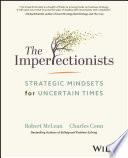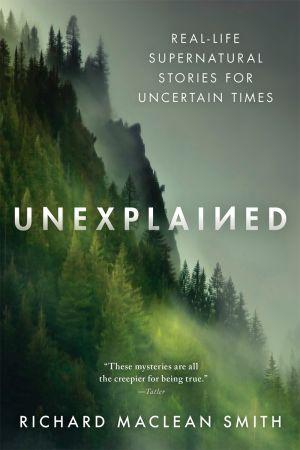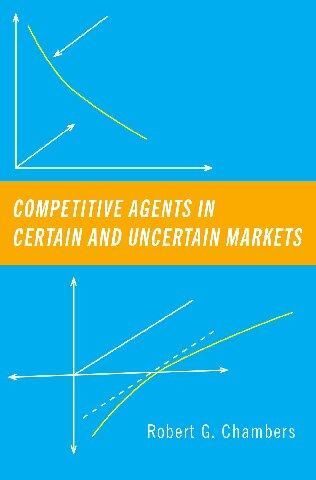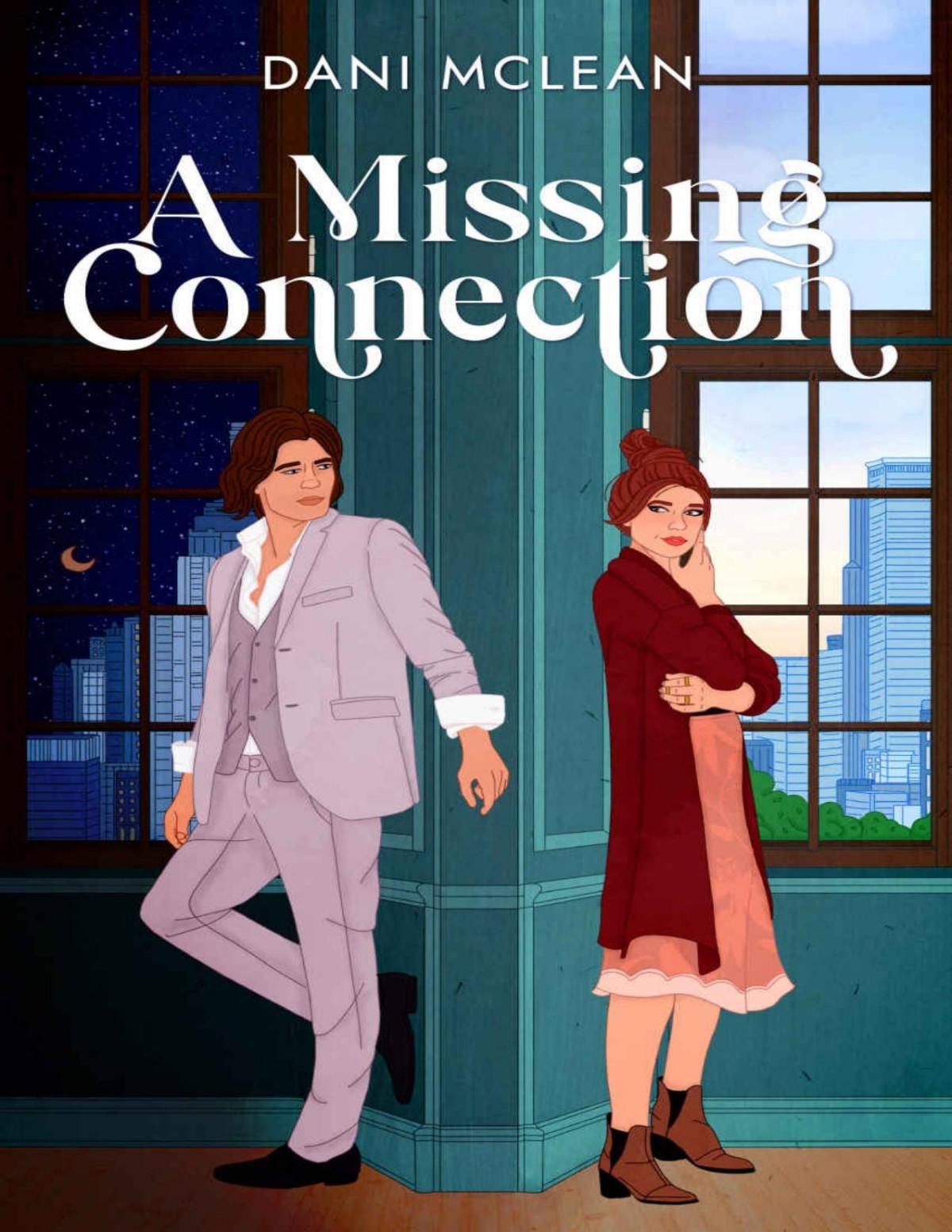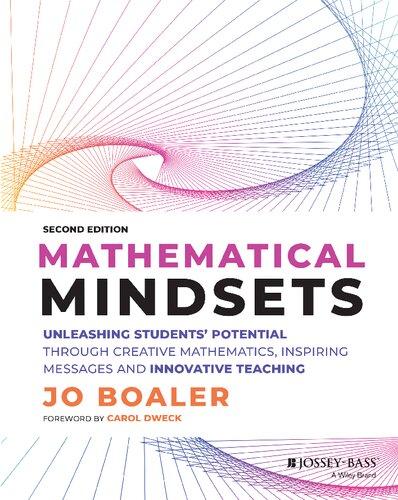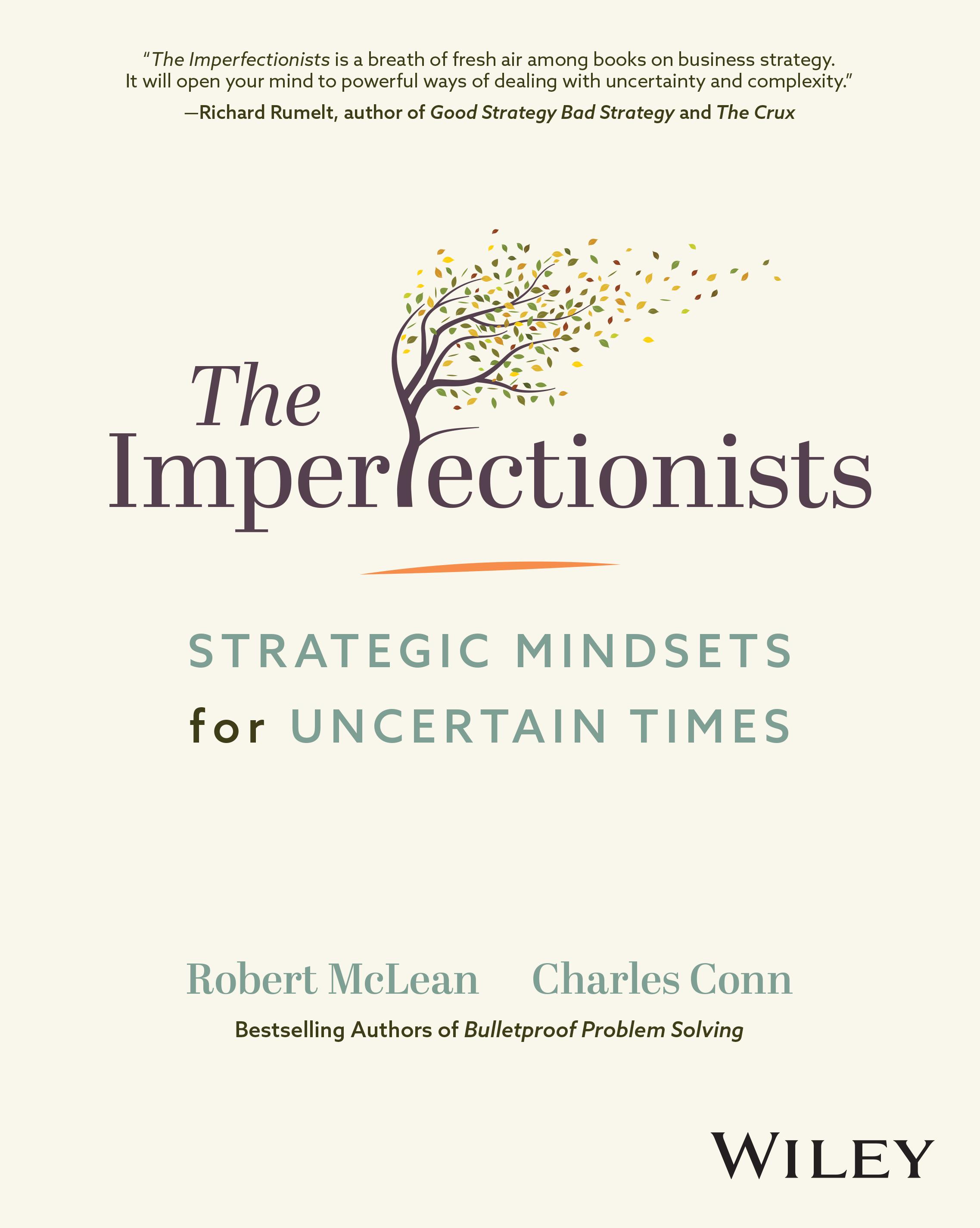Introduction: Becoming an Imperfectionist
If you are an Amazon customer, chances are you have encountered household names such as Amazon Fresh, Amazon Prime, Audible, and Zappos. It’s less likely that you would have noted the baby steps Amazon took to expand beyond its core business into consumer financial services. The acquisition of TextPayMe, the investment in Bill Me Later, the hiring of a team from GoPayGo, and the launch of a remote card payment device, Amazon Local Register, were modest moves that involved only small financial outlay and attracted relatively little attention at the time. They also all ended in apparent failure, with TextPayMe (rebranded Amazon Web Pay) closing in 2014, Local Register withdrawing from the market in the face of competition from Square, and Bill Me Later being acquired by rival PayPal. Yet today Amazon is a powerhouse in consumer finance, boasting a 24% user share in the United States for its pan-economy Amazon Pay service, and is positioned to develop further as a global finance player. How did the
company craft success at scale from a series of pint-sized and seemingly unpromising moves? The answer is that Amazon is an imperfectionist, a concept we’ve developed over several decades of helping companies and nonprofits, and one that we believe is vital for all organizations, big and small, striving to prosper in today’s uniquely uncertain economic environment.
On the face of it being an imperfectionist doesn’t sound like a good thing. We certainly don’t mean accepting things that are faulty, a common meaning of imperfection. What we do mean is tolerating ambiguity and acknowledging that certainty and perfection, however desirable they may seem, come at too high a cost for problem solvers in uncertain times. Imperfectionists step into risk, proceeding through trial and error, utilizing small moves and other tools to deepen their understanding of the nature of the game being played, and then thoughtfully move forward into uncertainty. Imperfectionism has intellectual roots in the phrase attributed to the eighteenth-century French philosopher Voltaire: “Don’t let perfect be the enemy of good.” It is also resonant with the Japanese aesthetic known as wabi sabi, which is the acceptance of imperfection and impermanence.
Amazon approached the challenge of entering unfamiliar consumer finance markets through small company purchases, team hires, and partnerships. Along the way it built valuable capabilities and assets, learned from its mistakes, and reduced the risks of later, bigger moves. It stepped into risk and laid the foundation of a large new business brick by brick, rather than using its giant balance sheet to buy a consumer finance brand or a bank. This step-by-step approach was no accident—Amazon followed the same modus operandi in commercial finance and in its creation and dominance of cloud computing, and is now doing something similar in healthcare.
“From very early on in Amazon’s life, we knew we wanted to create a culture of builders—people who are curious, explorers. . . . Even when they’re experts, they are ‘fresh’ with a beginner’s mind. . . . A builder’s mentality helps us approach big, hard- to- solve
opportunities with a humble conviction that success can come through iteration: invent, launch, reinvent, relaunch, start over, rinse, repeat, again and again. They know the path to success is anything but straight.”—Amazon 2015 Annual Report
Many organizations are responding to today’s extremely uncertain post-COVID environment by taking hasty bets, including “leap-beforeyou-look” acquisitions (think Robert Redford and Paul Newman jumping off the cliff in the movie Butch Cassidy and the Sundance Kid). Elon Musk’s acquisition of Twitter may fit this mold. Bank of America’s disastrous $40 billion acquisition of subprime lender Countrywide Financial in 2008, which quickly turned into a legal and financial nightmare and landed the leading US bank with an estimated $51 billion in losses, is a good example of the risks of rash behavior.
Other companies are succumbing to risk-aversion paralysis, a mistake even more common than swashbuckling misadventure. We continue to see many management teams stuck in a “wait and see” mindset, not moving quickly enough to confront and ride the ever-shifting tide of global economic forces. Remember video retailer Blockbuster, proud owner of more than 9,000 stores and employer of more than 84,000 people in 2004? It failed to respond to digital subscription services like Netflix and eventually filed for bankruptcy in 2010. You can’t hide from disruptive risk.
Imperfectionism is an idea that stands opposed to both of these costly extremes. Between the extremes of “bet the farm” Bank of America and “do nothing” Blockbuster is a sweet spot where imperfectionists play, employing a set of strategic mindsets and problem solving tools that master uncertainty. This book’s purpose is to help business leaders and their nonprofit equivalents to discover these mindsets, be more confident and creative about problem solving in uncertain times, and be successful where others are afraid to act, or act recklessly.
This book on problem solving under uncertainty is really a book about strategy. While we believe it is sensible to develop high-level strategies based on an organization’s objectives and an understanding of structural market and competitive forces, we believe that most business strategy is fantasy. Market conditions and disruptive entry are changing too quickly for armchair planning based on certainty to be useful. Organizations need to be nimble imperfectionists, tolerating ambiguity and weighing the odds, constantly experimenting, and stepping out into risk, not moving pieces on some theoretical gameboard. Imperfectionism is strategy in action.
the context: massive change and uncertainty
For all of human history up to the years just before the twentieth century, not much changed for most people. Ever. Nearly everyone was born into the same roles as their mothers and fathers, overwhelmingly in agriculture. Thanks to fear of famine, innovation and productivity grew incredibly slowly. Our ancestors faced risk and uncertainty, to be sure, but of perennial and anticipated kinds: hunger, disease, war.
Then in the past 100 or so years everything changed. Now, we barely recognize our grandparents’ lives, let alone the lives of those who went before them. Uncertainty still includes deprivation, sickness, and conflict for many on the planet, but now uncertainty comes in dozens of other forms, from social media to nuclear fusion, from artificial intelligence to quantum computing. Many of these innovations are largely forces for good: Who could have imagined that disabled people could manipulate objects with their minds, or that novel mRNA vaccines could be developed in less than a year? Some innovations will reduce drudgery and make working conditions safer—but without question most have led to a massive disruption of traditional jobs and of institutions that we once took for granted.
The rate of production of new knowledge and communications is overwhelming (see Exhibit I.1).1 More new information has been created since 2010 than in all of previous human history. Stop and think about that. It is impossible for even the most talented people to stay abreast of this wave. Even the polymath Newtons, Bacons, and Rousseaus of our age cannot begin to keep up with the race of new knowledge and its impact on our organizations and lives.
Artificial intelligence, automation, programmable biology, robotics, and other technologies are transforming every industry. The rate of disruption is overturning market leaders more quickly than ever and installing new top competitors, often from entirely outside that industry. There is not a single company in the Dow Jones Index today that was there at the inception of the Index in 1885. The average life span of companies in the S&P 500 was 61 years in 1958; today it is 18.
Regulators cannot hope to guide and manage the enormously powerful companies that now extend across industries and geographies, many of them spawned by winner-takes-all network economics. The speed of
ACCE LE RATI NG CH AN GE & UN CE RTAI NTY
exhibit I.1
SOURCE: LUKE MUEHLHAUSER.
expansion and the scale of investment is breathtaking: Just look at the pace to $1 billion in sales for recent internet media winners. Faster and faster (see Exhibit I.2).2
These disruptive technologies have a stark human as well as financial cost, destroying many of today’s jobs, and not just at the manual end. Software and AI challenge everyone in the middle, as well as previously protected professions like the law, banking, medicine, dentistry, and programming. Software is eating the world, Marc Andreessen famously said—and now AI is eating software programming jobs. These technologies also create new jobs, of course, but the new roles are often inherently more fluid and less certain. As we will explain in this book, imperfectionism and its sister mindsets can provide the capability edge for individuals competing for such jobs.
Most new careers didn’t exist 10 years ago, and many won’t exist 10 years from now. No one will do the same thing for a lifetime as our grandparents did. In this vastly more complicated world, how can we and the organizations we work for be competitive? How can we shape strategies
exhibit I.2
SOURCE: CHARTR.
that allow us to be successful? How can we be creative disruptors rather than those who end up on the dust-heap of the disrupted?
problem solving toolsets and mindsets
One of the things that humans do better than artificial intelligence does is to creatively solve problems in teams—and the good news is that this should continue to be the case for some time. Today most machine learning and AI is good at sophisticated pattern recognition, not creative or truly generative problem solving. Pattern recognition may help develop unexpected strategies in chess or Go, but these are games with little or no uncertainty except the opponent’s next move. Humans have the edge in creativity for now. No one can predict the future, but you can be ready for it if you combine a disciplined toolset for problem solving with powerful and mutually reinforcing strategic mindsets.
In our first book, Bulletproof Problem Solving: The One Skill That Changes Everything, we presented a seven-step toolset for structured problem solving (for an introduction to this model, see the Appendix). In this new book we will show how Imperfectionism and its sister mindsets can give you and your organization an even bigger advantage in this topsy-turvy new world. Logically, the mindsets around problem solving precede the toolset you employ, and are ultimately more important. The way you think about the future, how you gather and process information to make judgments to inform action, is fundamental to your success. Simply put, an imperfectionist mindset creates opportunities not available to those with conventional thinking.
The term mindset has been in use since the 1930s, but has received lasting attention in the work of psychologist Carol Dweck. Her distinction between growth mindsets and fixed mindsets is insightful, but our research into problem solving over three decades has allowed us to go beyond this simple dialectic and look at the mindsets that characterize nimble problem solvers.
Most dictionary definitions of mindset focus on a mental attitude or inclination, especially those that are habitual. Our working definition is different:
A mindset is an orientation toward new information about future states that provides a favorable vantage point for action.
In this definition a mindset is a way of thinking that allows the risks generated by uncertainty to be managed and successful actions to be undertaken. Mindsets are not the same as positive or wishful thinking; their power lies in the way they encourage this orientation toward the future, and in their contribution to driving better outcomes. They stand in stark contrast to the static bodies of information still taught by many educational institutions on the assumption that we will have a single career of four decades or more, just as our grandparents did, rather than multiple roles across several industries. The best training for the jobs of tomorrow is creative problem solving tools and mindsets.
We have been working together on problem solving in complex environments for 30 years, first on business and nonprofit problems at McKinsey & Company, later as entrepreneurs and advisors to start-ups,
and finally on the large-scale problems of environment and society as board members of foundations and NGOs, including as fellow Regional Council members at The Nature Conservancy. In the past decade we have conducted focused research with teams at Oxford University and the University of Sydney on the mechanics and mindsets of great problem solving.
The six mindsets we explore and explain here are like old companions who have been on a long journey together but haven’t had their names called out until now. It took the paralyzing uncertainty most organizations faced in responding to COVID-19 for us to fully appreciate their value in an age of extreme and increasing uncertainty. Along the way we encountered some remarkable and at times surprising examples of problem solving, from how unschooled woodworker John Harrison cracked the longitude problem to how parson Thomas Bayes uncovered the power of conditional probability in responding to uncertain events.
We wrote this book as a practical guide to help you understand, assess, and embrace risk, and to solve hard problems with creativity and boldness. In short, to allow you to harness the power of imperfectionism—to be an imperfectionist.
six mindsets for problem solving under uncertainty
We have already introduced Imperfectionism, one of the mindsets we believe is critical for understanding and then stepping into uncertainty. Imperfectionism is also our overarching term for this set of six mindsets for embracing risk. Some of the other mindsets we describe, like curiosity, will be familiar; others, like occurrent behavior, less so. However, the six mindsets in total and in combination should allow those who adopt them to navigate the seas of unknown unknowns and to leave behind the comfort of corporate certainty, expert knowledge, historical data, and pyramidstructured presentations—most of the things we learned in university and in our early careers.
That’s right, we are saying that in times of rapid change, you should be curious, embrace risk and not avoid it, you should be suspicious of experts, you should think about how to run your own experiments, you should consider ways to source ideas from entirely different fields, and you should
convince your colleagues that you have the right answer with rich and visual storytelling that speaks to their values rather than to logic alone. Most companies and nonprofits still assume away uncertainty—think of all those budget forecasts and strategy documents with no mention of potential disruption from unexpected events, or deliberately constructed with a lackluster upside and downside case to focus attention on the base case. The related pathology is paralysis by uncertainty, a dogged attachment to business as usual, waiting for the certainty that never comes. In both cases organizations are unprepared for disruptive new entrants and fresh sources of competition. Warren Buffett tells us to be fearful when others are greedy, and greedy when others are fearful, but most of us go along with the herd . . . and then get picked off by the lions. Combing through our research spanning hundreds of problem types, we have distilled six mindsets that will help you avoid this fate. Let’s take a look at them (see Exhibit I.3).
ever curious
Young children still learning the patterns of the world are relentless askers of the question “Why?” Unfortunately, as we get older, and solve basic problems like how to tie a shoelace, we rein in our curiosity. Pattern seekers in youth, we become pattern imposers in later life as we become more certain that we know the answer to everything. Recognizing patterns is useful in many circumstances (driver: curve coming up, slow down), but it is deadly for problem solving in situations of high uncertainty. Why? Because we often get the pattern wrong when things are changing quickly. We assume, for example, that a strategy that has always worked will continue to work. Charles ran a start-up online city guide company called Citysearch in the 1990s. The company was up against century-old dominant newspapers. They had survived the entry of radio and television, and they knew they would survive this upstart internet thing. They knew the bases of media competition: Hire brilliant writers and create wonderful content, build readership, and dominate local advertising. But in actual fact, the bases of competition in local media were changing, and changing fast.
The internet allowed users to generate their own content and share it with each other, and with a variety and creativity that could never be matched in broadsheet print. Worse, thanks to superior searching and
MIND SE TS FO R PR OB LEM SO LV IN G UN DE R UN CE RTAI NT Y
Pr ac ti ci ng sh ow an d te ll , re co gniz in g th at st oryt el li ng be ge ts ac ti on
Ta pp in g in to co ll ec ti ve in te lligen ce , ac kn ow le dg in g th at th e sm ar test peop le ar e no t in th e ro om
Be in g an im pe rf ec ti on is t wi th a hi gh to le ra nc e fo r am bi gu it y
Be in g ev er cu ri ou s ab ou t ev er y el em en t of yo ur pr ob le m
MU TUAL LY
RE IN FO RC IN G MIND SE TS
Havi ng a dr ag on fl y ey e vi ew of th e wo rl d, to se e th ro ug h mu lt ip le le ns es
Pu rs ui ng occurr en t b eha vi or wi th re st le ss ex peri me nt in g
exhibit I.3
matching, valuable classified advertising for cars, jobs, homes, and personal ads actually works better online. Newspapers produced remarkable content, and had rich advertising franchises. They likely could have been effective competitors in the new world had they been more curious about the internet and about how local media strategies would have to change.
On the whole, they weren’t. With falling readership and declining advertising revenues, editorial staffs were slashed, leading to a further downward spiral in readership and economics. Today only a small set of newspapers are vibrant businesses.
Curiosity is an essential orientation for problem solving in uncertain times. Managers must be able to suspend their natural pattern recognition impulses long enough to see evolving challenges in a fresh light, especially when uncertainty is not just about known patterns (it will rain, it will not rain), but instead is governed by entirely novel events. When great problem solvers seek to close the gap between what they know and what they need to know, curiosity reduces uncertainty. That may strike some readers as counterintuitive. Particularly in uncertain times, wouldn’t it be better to bridle curiosity, and try to moor in certainty? In our experience such a recipe is likely to be steamrolled by change.
dragonfly eye
Our pattern-imposing brains evolved in a dangerous world where quick decisions were required to stay alive. Rustling leaves triggered rapid pattern recognition (predator, run). But dangers four million years ago only came in a few varieties. With massive changes in technology, there is now a kaleidoscope of possibilities. In this new environment there is huge value in testing several different perspectives on each problem, rather than assuming it is business as usual.
We call this mindset the dragonfly eye, a term we first learned from Philip Tetlock and Dan Gardner’s work on superforecasters. Dragonflies have huge compound eyes, with hundreds of lenses that are sensitive to different wavelengths of light. We do not know exactly how their insect brains process all this visual information, but we do know that they gather much more data than our human eyes, perceiving colors and movement unseen by us. By analogy, when faced with new and uncertain information, great problem solvers try on several different lenses in an effort to understand the problem. They zoom in and then zoom out, or widen the aperture to make sure they are seeing the real structure in front of them, and are not imposing an old solution or addressing its surface.
Take Peloton, a home exercise company started by one of Charles’s former Citysearch colleagues, John Foley. The company has recently
experienced major post-pandemic growing pains, to be sure. But it was by viewing the home exercise market through an entirely different lens than other people that Foley gained the insight that led to him starting this fresh and exciting business. Historically, the aim of most home gym equipment companies has been to bring outside exercise inside, say by propping up a bike to make it stationary, or creating a treadmill to simulate outdoor running. Foley saw it differently. He realized people wanted to recreate not just the movements of exercise outside the home, but the whole social environment of exercise classes, led by inspirational trainers. No one had seen home exercise through this lens before, leading to the introduction of remote participation in exercise classes via streaming media, and a $50 billion company valuation at one point during the pandemic.
We have been curious about the rise in obesity, a substantial human health crisis in many countries that has all the characteristics of a “wicked problem” (complex reinforcing causality). For some, obesity is simple: too many calories in, too few out, leading to public health interventions like the banning of large-sized sugary soft drinks, as Michael Bloomberg tried to do while he was mayor of New York City. We know those kinds of interventions don’t work, so a few years ago we worked with a group of students in Oxford to develop alternative perspectives using multiple regression analysis across cities. The exercise confirmed what social scientists have suspected for some time: Income and other social determinants have a huge impact on obesity. Later, a Bayesian analysis by a multifaceted team sponsored by the Paul Ramsay Foundation in Australia showed that the strongest determinants of obesity were related to social disadvantage, and in particular to the level of schooling of the mother. As a result of what was learned looking through this lens, public policy now has the challenge of keeping lower-income girls in school longer.
The point of this mindset is to see beyond the familiar tropes into which our pattern-recognizing brains want to assemble perceptions. By changing the lens or widening the aperture, we can identify threats or opportunities beyond the periphery of our conventional vision.
occurrent Behavior
Occurrent behavior is an odd term, but we like it. It means watching what actually happens in a time and place, not what was desired or predicted.
Great problem solvers go beyond conventional historical data to explore whether they can observe new evidence about a problem, sometimes by running experiments to test hypotheses, or, where that isn’t possible, by looking for natural experiments. If we don’t gather new data, as Canadian media theorist Marshall McLuhan said, we are driving into the future using only our rearview mirror.
The internet has made this kind of direct, current experimentation easier for many organizations. A/B testing is now a standard way to assess any new product launch or promotion. By partitioning your online audience into two or more segments with otherwise similar characteristics, and then testing different versions of the new product or promotion on each, you can draw lessons from the responses. Airtasker, an Australian online company that allows online users to outsource everyday tasks, tested five versions of a booking fee before implementing one that immediately generated a huge revenue gain. Six months later it ran a trial featuring an even higher booking fee, immediately learning that a clear price/volume threshold existed (their revenue went down!) and confirming the original choice.
Although it is harder and more expensive to do this sort of testing in physical product markets, it’s possible and often worthwhile. Patagonia, for example, works with professional athletes to gather data on new products, tweaking and perfecting them before launch. The approach led to significant changes ahead of the launch of new mountain-biking shorts. Sometimes the company releases a product in a small market to gather additional data before offering it across their whole network. Clever companies analyze lots of new data before making expensive, irreversible decisions.
Sometimes it isn’t possible to construct new tests because it would be unethical for one of the control groups. Then good problem solvers look for natural experiments, where similar groups get different solutions for other reasons, such as from different administrations in twin cities or similar countries. Alternative medications, treatment policies, and pandemic control measures have created a large number of natural experiments in the past two pandemic years. Neighboring Sweden and Norway, for instance, which have similar population demographics, followed different pandemic control policies, which led to substantially different mortality outcomes.
The occurrent behavior mindset, underpinned intellectually by the insights of Thomas Bayes, an eighteenth-century statistician and clergyman, is best thought of as a willingness to experiment relentlessly via conscious trial and error and to use that new information to update prior understanding. This mindset is in short supply in many organizations, often because managers are fearful of looking stupid for changing strategies.
collective Intelligence
Bill Joy, one of the founders of Sun Microsystems, once observed that the smartest people are usually working for someone else. His solution was to find ways to have these clever people “labor in his garden.” Open-source software development is a brilliant way to get the smartest folks to work on a common problem, and this was the heart of the development of Unix, the core programming architecture that is now found in almost every commercial software solution.
Those with a collective intelligence mindset accept that it’s unlikely that the best people to solve a problem for their organization can be found solely inside its four walls. The conventional response is often to hire an expert, and on the surface that makes sense. The expert consulting model is one we are very familiar with. And it made a lot of sense in the 1960s, 1970s, and 1980s for sectors with relatively stable players and core technologies such as big steel, big mining, and other traditional industries. In these cases it was relatively straightforward to improve performance by learning from experts who had helped achieve cost reductions or make capital investment more efficient at another site.
All that goes out the window when technological change accelerates and industries are rocked by disruptive entrants, as is true in almost every field today, including heavy industry. Even as long ago as 1968, Nucor Steel put the rest of the US steel industry on the back foot with the introduction of its new electric arc furnace, fed by iron and steel scrap. Industry incumbents who relied too heavily on experts schooled in the integrated iron and steel industry ended up fighting (and losing) the last war.
Clever organizations now cast their nets more broadly, involving people with diverse skills who may have never thought about their
business. For example, The Nature Conservancy (TNC) turned to crowdsourcing firm Kaggle in its search for a machine learning algorithm to identify fish catch species and quantities on fishing boats. By offering a prize of $150,000 for the best solution, it attracted entries from 2,293 teams from all over the world. TNC now uses the winning algorithm to protect endangered Pacific tuna and other species.
Sometimes collective intelligence requires going back to the future. With climate change leading to unprecedented fire management challenges in many countries, resource agency officials are now tapping into the traditional knowledge of indigenous populations, who coexisted with and harnessed fire for thousands of generations before modern technical fire management. This collective ancestral wisdom, long ignored, is now changing practices across a number of countries with similar savannah grasslands.
The collective intelligence mindset is a close sister to the multiple lens-seeking dragonfly eye mindset. It compels us to look for creative solutions to fast-moving problems from a diverse range of sources outside our organization.
Imperfectionism
When we think of great problem solvers, many of us picture a brilliant engineer, a confident mastermind who knows what they are doing and approaches the challenge with determined precision. The reality is that good problem solving under uncertainty requires assessing the odds through trial and error—it’s more like the unruly flow of a rugby game than linear programming.
As with Amazon’s stepwise entry into consumer financial services, savvy problem solvers do their best to understand the structure and competitive dynamics of an industry, develop initial entry strategies, and then make small moves that further illuminate the characteristics of the game. They build capabilities, sometimes through experience, sometimes by hiring competitors’ teams. They add intellectual property and other business assets as they go, and gradually ready themselves for larger moves. They manage risk by hedging and laying it off on others when they can. These problem solvers accept that some of their moves will fail. That’s okay as long as the costs are reasonable, the
consequences are reversible, and lessons are learned from the less successful experiments.
We developed our understanding of this imperfection mindset a number of years ago, noticing, for example, the deft entry of Johnson & Johnson into the lucrative contact lens market via a series of small knowledge- and skill-building moves. The end result is what we call a growth staircase or horizon, a framework for prethinking strategic moves in businesses or nonprofits.
“There are scientific ways to address a new idea or project. If you take the conservative scientific route, you study the problem in your head or on paper until you are sure there is no chance of failure. However, you have taken so long that the competition has already beaten you to market. The entrepreneurial way is to immediately take a forward step and if that feels good, take another; if not, step back. Learn by doing, it is a faster process.”
Yvon Chouinard, founder of Patagonia
Imperfectionists seek to map out a path through murky conditions, resisting the urge to make the sort of “bet the farm” acquisitions that destroy value, and equally refusing to be paralyzed by uncertainty. Our friends and former colleagues Tim Koller and Dan Lovallo have shown in a series of real-world simulations that middle managers in established firms won’t take winning risk-adjusted bets. It is these companies whose markets are ripe for disruption in a world awash with capital. Economist Joseph Schumpeter wrote his insightful opus about capitalism’s potential for creative destruction in the 1940s, but things are moving even faster nowadays.
You’ll recognize imperfectionists by the way they talk comfortably about the odds and how these can be improved through careful learning steps or laying off risk on others. They are emboldened by trial and error. They happily embrace “epistemic humility” about what is knowable at any point in time. As we will see throughout the chapters of this book, they use the other five mindsets to gather novel perspectives and data to guide their thoughtful moves.
show and tell
We started our discussion of mindsets with a reference to children and curiosity, and we return to children now with the “show and tell” mindset. As you no doubt remember—from back in the days when you were more curious—show and tell is an elementary-school activity. It’s not usually associated with problem solving, but in our experience it’s often a critical support to creative thinking. Show and tell enables you to connect an audience with the problem and then use combinations of logic and persuasion to get results.
Facts and data have enormous appeal. Presented in the tight logic of the pyramid argument structure developed by journalists (and codified by Barbara Minto in The Pyramid Principle), they compel audiences to see the wisdom of strategies for our toughest problems. But as new information has mushroomed in the internet age, people are overwhelmed. Partisans weaponize data, with the result that no one knows what bits of information or arguments to trust. Cynicism, even inside otherwise apolitical organizations, often sets in.
Rookie problem solvers show you their analytic processes and mathematics to convince you that they are clever, sometimes known as APK (the anxious parade of knowledge). Seasoned problem solvers, as Nobel Prize winner Herb Simon observed, do it differently and more elegantly, representing the problem “so as to make the solution transparent.” There is a reason for the aphorism that a picture is worth a thousand words: Humans are visual learners.
Great problem solvers are storytellers who are clear about the action that should flow from the findings, the governing idea for change. They then find a way to present their logic visually, so that the path to answers can be viscerally understood, debated, and embraced. They set out their case emotionally as well as logically, connecting with the values of their audience, and show why their preferred action offers an attractive balance between risks and rewards. As Jonathan Haidt’s work on values and polarization has demonstrated, frames beat facts.
Is Your organization an Imperfectionist?
Looking at their antitheses, or opposites, is a good way to understand better what we mean by each of the six mindsets described in this book. If your organization answers to one or more of the descriptors in the righthand column of Exhibit I.4, alarm bells should start to ring.
mindsets together
Each of the mindsets for problem solving under uncertainty fights a common enemy: Our pattern-seeking minds have the potential to lead us astray when the situation our pattern-recognizing brains trained on no longer prevails. When the world is changing quickly, a great problem solving approach is to slow down and notice the nature of the new environment. This starts with curiosity—wondering why, asking questions. It then moves to seeing things through multiple lenses or angles, trying on alternative potential framings. Next, it seeks novel data on the emerging world via fresh experimentation, rather than relying on experts or older structured information. It augments this new data when required by crowdsourcing potential solutions from outside the obvious fields or sources. This curiosity, structured perspective taking, and new data generation in turn leads to a pragmatic plan to edge into uncertainty, gathering more information through small moves, adding capabilities and assets, and learning from mistakes and successes—that is imperfectionism, not
1.
2. Ev er Cu ri ou sC lose d mind
3. Dr ag on fl y Ey eS in gl e le ns pe rs pe ct iv e
4. O ccu rr en t b eha vi ou rR
models
5. Co lle
waiting for certainty. Finally, clever strategic problem solving rallies others to support your plans with visual storytelling, not just facts and logic. These strategic mindsets for solving tough problems in the risky circumstances of high uncertainty help you fight the decision biases inherent in being human, and give you the data to develop informed strategies to win. In the fast-changing world we all find ourselves in, being an imperfectionist is a critical advantage for you and your organization.
